More Thoughts On China
by Win Thin
We don’t think that the timing of the PBOC hike was any coincidence, as the monthly data deluge from China is scheduled for October 21. It appears that price pressures and bank lending remain too strong for the authorities, though some data already released for September suggest a slowing trend. Property prices rose 9.1% y/y, down from 9.3% y/y in August and the slowest since December 09. M1 and M2 growth also slowed, as did overall loan growth as new loans rose only 15% y/y in September, down from 33% y/y in August and 50% y/y in July. Looking at the real sector, retail sales are expected to grow 18.5% y/y vs. 18.4% y/y in August, while IP is expected to grow 14.0% y/y vs. 13.9% y/y in August. Q3 GDP growth is expected at 9.5% y/y vs. 10.3% y/y in Q2. Cumulative urban fixed asset investment is seen growing 24.6% y/y vs. 24.8% y/y in August, but we note that the monthly breakdown has already shown a slowdown to 20.1% y/y in August from 26.2% y/y in July. On the inflation front, CPI is expected to rise 3.6% y/y vs. 3.5% y/y in August while PPI is expected to rise 4.1% y/y vs. 4.3% y/y in August. Inflation has been creeping higher, helped by a big jump in food prices (up 7.5% y/y in August and the highest since October 08).
Overall, the numbers point to an already slowing economy, but it appears that the PBOC is getting increasingly worried about price pressures and excessive liquidity in the system. It has already raised bank reserve requirements this year, and introduced limits on mortgage lending to help cool off the property market. The risks to all the China data this week is to the upside and should give cover for the PBOC to continue the tightening process. But because the economy and price pressures appear to already be headed in the desired direction, we believe that the PBOC tightening cycle will not be an aggressive one. The most recent rate hike cycle started in April 06 and saw the 1-year lending rate go from 5.58% to 7.47% by December 2007, a total of 189 bp. During that period, China GDP was surging 12-13% and inflation moved close to 9% y/y. With conditions noticeably weaker now, we do not foresee that much tightening ahead in this cycle, and our base case is for another 100 bp of tightening in the coming year.
Indeed, we highlighted earlier this month that rising food prices posed a risk to the EM inflation and monetary policy outlook, as food price inflation often drags headline AND core inflation higher in EM. This appears to have been part of the dynamic that led to today’s PBOC rate hike, and continue to look for a combination of interest rate hikes and currency strength from China to help limit price pressures. We repeat our belief that China can avoid a hard landing, and our base case remains that China sees a soft landing and GDP growth of 8-10% in the coming year. That should keep in place the benign EM backdrop, but we acknowledge that recent events in China and Brazil could feed into a somewhat larger EM correction than has been typical in recent months. CNY forwards have come back slightly after softening on the PBOC news. We would look to use this selloff to get into long CNY positions at better levels, but await clues as to how deep the current EM correction can go. However, we remain bullish on EM and believe that the conditions supporting the asset class internally (strong fundamentals) as well as externally (global liquidity, risk appetite) are still likely to continue well into 2011.
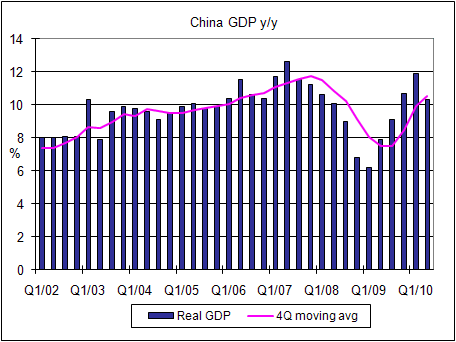
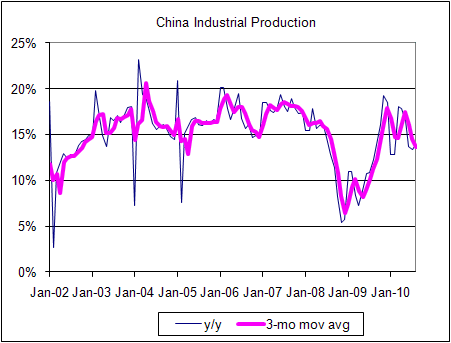
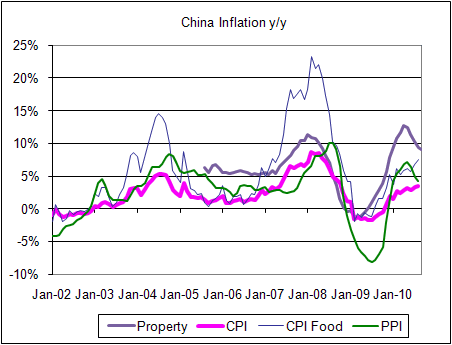
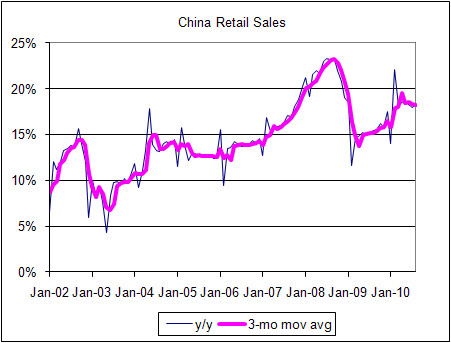
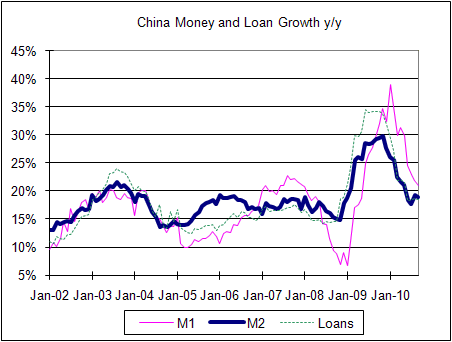
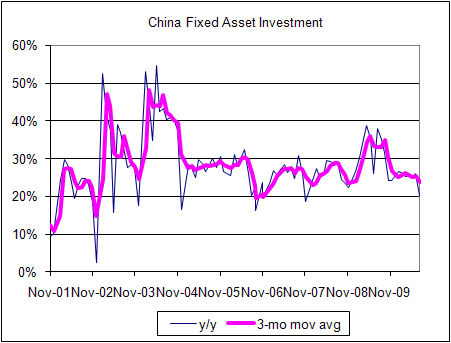
Comments are closed.